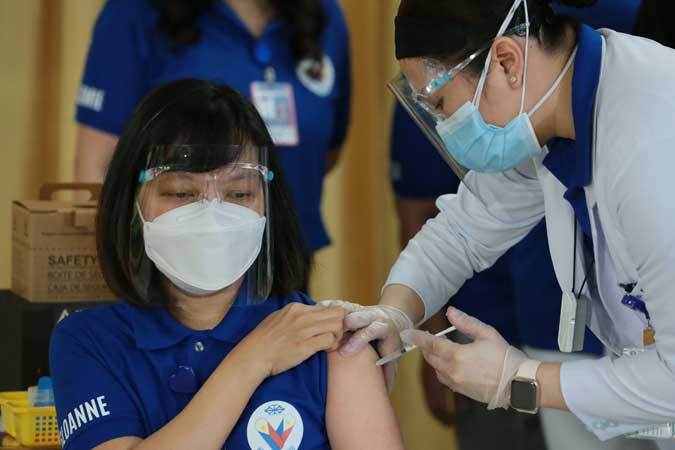
THE PHILIPPINE ECONOMY will likely see a less steeper decline in the first quarter, although full recovery may only be possible in the latter part of 2022, according to an economist.
“We’ve gone a long way. Even if the GDP (gross domestic product) levels in 2020 did not reflect any improvement in mobility, we suspect that in the first quarter of 2021 the decline in the economy will be much less, -2% from -8% in the fourth quarter of 2020,” Bank of the Philippine Islands (BPI) Lead Economist Emilio S. Neri, Jr. said in a statement.
Mr. Neri said he expects the economy to grow by 6.8% this year, within the 6.5% to 7.5% estimate given by economic managers. He is pricing in an asymmetric V-shape recovery “where the decline is much faster than the recovery.”
“Our assumptions there (for 6.8% growth) are that the vaccine rollout will be able to cover not less than one-fourth of the population by end 2021, that the stimulus is meaningful enough, and that mobility will be on a sustained uptrend,” he said.
Mr. Neri noted the Philippines might only see a full economic recovery in the latter part of 2022.
The country on Monday started its coronavirus disease 2019 (COVID-19) vaccination program, with healthcare workers inoculated with vaccines donated by China.
A successful vaccine rollout and herd immunity will be critical for economic recovery in the Philippines, which has struggled to curb the rise in COVID-19 infections.
“For countries where containment of COVID-19 has been less successful — Indonesia, Malaysia and the Philippines, for example — a rapid rollout is essential to opening their economies and bringing the service industries back to life while protecting public health,” Moody’s Analytics Asia Pacific Chief Economist Steven Cochrane said in a note.
The World Health Organization said herd immunity could be developed either through inoculation or immunity developed through previous infection. It said the proportion of a population that must undergo vaccination to achieve this will likely vary based on factors such as the community, the vaccine and groups prioritized for inoculation.
Mr. Cochrane expects most countries within the Asia-Pacific region to take until 2022 or 2023 to achieve herd immunity, with Singapore as an exception as the city-state may complete its vaccination program within the third quarter of 2020.
At home, government officials target to inoculate about 70 to 80 million Filipino adults by yearend.
Philippine GDP slumped by a record 9.5% last year due to the crisis. Despite infections increasing by at least a thousand cases a day in the past weeks, officials have been pushing to further ease restriction measures to boost recovery prospects. — Luz Wendy T. Noble

